The Circulatory System
The respiratory system plays a crucial role in sustaining human life. The role of the respiratory system is to transfer oxygen form the atmosphere into the body’s red blood cells and then to the surrounding tissues through gas exchange.
Respiration starts with the inhalation of air through the nose or mouth. When we inhale our diaphragm compresses making the pressure in our lungs less than the air pressure of the external atmosphere. This causes the air to rush into our lungs. From the nasal and oral cavity the air travels into and through the pharynx also known as the throat, which allows the passage of air from the nasal cavity and mouth to enter the esophagus during respiration. The air then travels down the esophagus and past the larynx or voice box. Fun fact, the larynx is what allows us to produce sound and speech, but when inflamed it can cause laryngitis (the inability to speak). From here the air travels to the trachea or windpipe, which is made of a strong muscle tissue called cartilage to avoid collapsing. The trachea also has cilia, which catches mucus and impurities in the air and preventing them from entering your lungs. The air is then sent to down either the left or right bronchus which are 2 branches connecting the trachea to the lungs. The Bronchus then splits into many smaller branches called bronchioles that air travels down and eventually reach little air sacks called alveoli where gas exchange takes place. Gas exchange is the delivery of oxygen from the lungs to the bloodstream and the expulsion of carbon dioxide from our bodies. Between the alveoli there are capillaries where red blood cells travel. The capillaries and alveoli share a cell membrane making gas exchange easier. Because the oxygen pressure is higher in your lungs than in your red blood cells when they enter the lungs it allows oxygen to diffuse into the red blood cells. Red blood cells also produce a substance called hemoglobin, which contains iron allowing the red blood cell to “grab” oxygen. From here red blood cells can deposit oxygen to the bodies many tissues to be used to do work. After oxygen is used the tissues produce a waste product called carbon dioxide. When the carbon dioxide is diffused into the blood it reacts with the water molecules to create bicarbonate ions, which leaves the blood with a slightly basic pH of about 7.4. Since the body produces carbon dioxide it means that the partial pressure of carbon dioxide in the body is higher than the partial pressure of carbon dioxide in the atmosphere, this is why humans emit carbon dioxide into the atmosphere. After oxygen has been distributed the red blood cells make their way back to the lungs to collect more oxygen and to expel carbon dioxide. When humans exhale the diaphragm relaxes causing the pressure to increase in the lungs forcing the air out. As humans exhale, carbon dioxide from the body diffuses into the lungs with the help of the alveoli and is expelled. The process is then repeated with the next breath (Biology 11, 2011).
